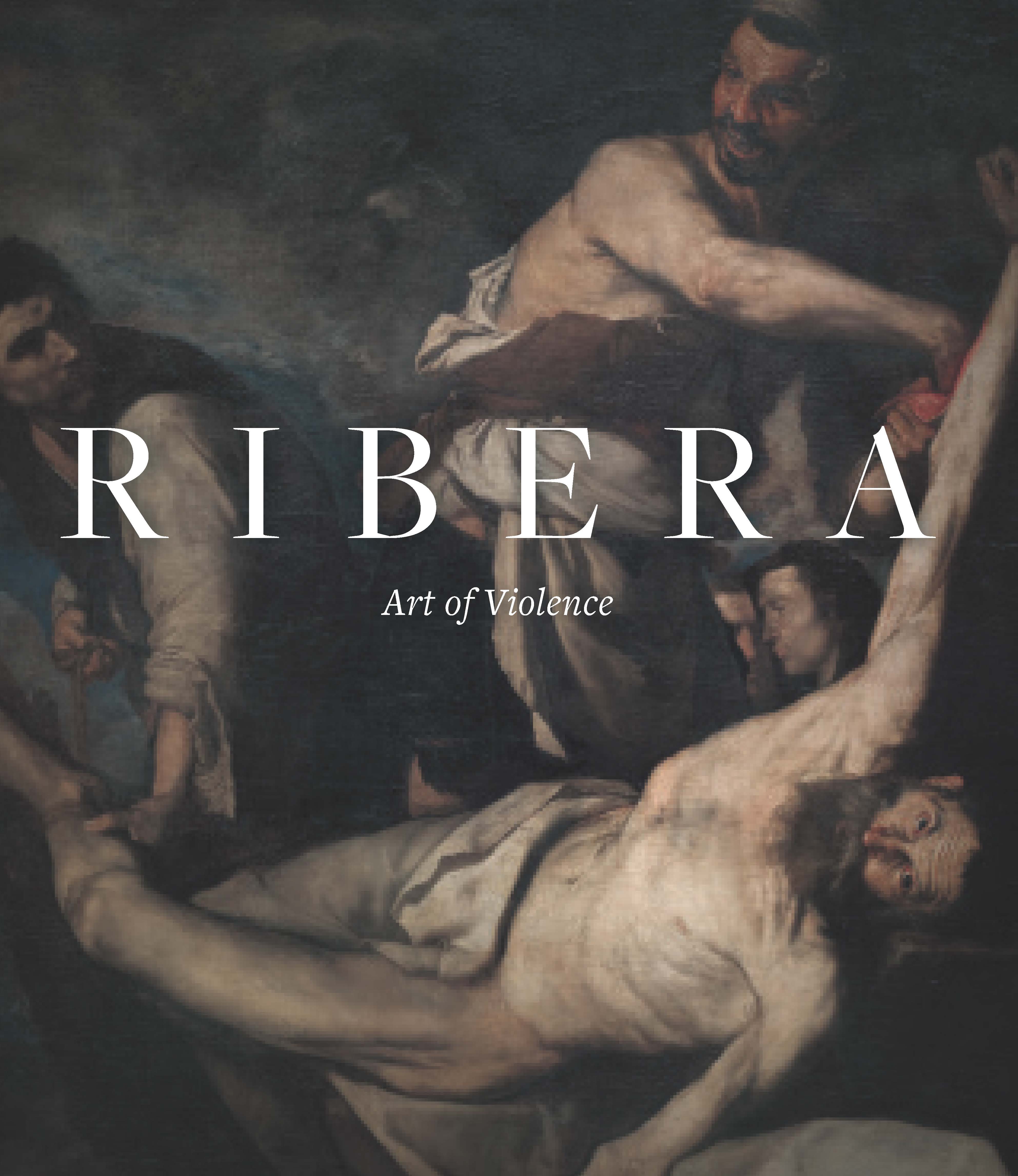Author
Xavier Bray, Edward Payne
Characteristics
156 pages; 82 color illustrations; paperback/hardback; 25 x 21 cm
Publication
English; published by D. Giles Limited y Dulwich Picture Gallery with major support from the CEEH; 2018
ISBN
978-1-898519-42-3 (paperback)
978-1-911282-32-7 (hardback)
The Spanish Baroque painter, draughtsman and printmaker, Jusepe de Ribera (1591–1652), has long been celebrated for his depictions of human suffering: flayed skin, pierced flesh, twisted expressions and contorted bodies. This new volume is the first to explore the theme of violence in Ribera’s art, demonstrating how his works are neither the product of his supposed sadism nor the expression of a purely aesthetic interest. Rather, they involve a complex artistic, religious and cultural engagement in the depiction of bodily suffering, challenging viewers to experience the arresting images beyond their initial shock.
Born in Játiva, Valencia, Ribera spent most of his career in Naples, southern Italy, where he influenced many artists including Luca Giordano and Salvator Rosa. He is often regarded as the heir to Caravaggio for his dramatic use of light and shadow, and his practice of painting directly from the live model. His works had a profound impact on the development of Baroque art across Europe.
This catalogue is divided into five thematic chapters: Religious Violence; Skin and the Five Senses; Crime and Punishment; The Bound Figure; and Mythological Violence. It also features essays by Edward Payne and Xavier Bray, a biographical introduction to the artist and a chronology. The book offers a unique perspective on Ribera’s art of violence by addressing its full thematic range not only in painting, but also in prints and drawings. Situating his works within their historical context, this study underscores the relevance of Ribera’s violent imagery in contemporary art and society.
Xavier Bray completed his doctoral dissertation at Trinity College, Dublin, and is currently the Director of the Wallace Collection, London. Formerly chief curator of the Museo de Bellas Artes de Bilbao and the Dulwich Picture Gallery, he was also assistant curator of 17th and 18th-century European paintings at the National Gallery, London, where he has curated several exhibitions, including The Sacred Made Real: Spanish Sculpture and Painting 1600-1700 (2009) and Goya: The Portraits (2015).
Edward Payne is Assistant Profesor of History of Art at Aarhus University. At the Morgan Library & Museum, where he served as the Moore Curatorial Fellow in Drawings and Prints, Payne organised Visions and Nightmares: Four Centuries of Spanish Drawings (2014), and he was a contributor to the Courtauld Gallery’s exhibition catalogue Goya: The Witches and Old Women Album (2015). Payne also contributed to the catalogue raisonné of Ribera’s drawings (2016), and he curated Between Heaven and Hell: The Drawings of Jusepe de Ribera (2017).

